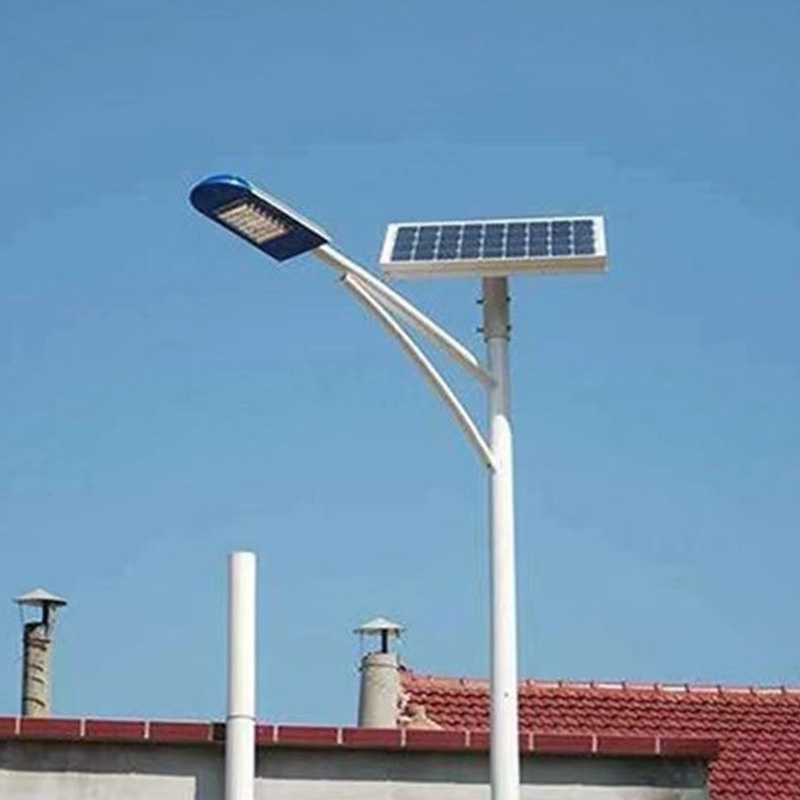Why Solar Powered LED Street Lights Matter Now
With cities aiming for carbon neutrality by 2030, solar powered LED street lights have become critical infrastructure. Yet 42% of installations underperform due to design flaws (Global Energy Report 2024). Let’s fix that.
Problem 1: Inefficient Energy Storage
The Lithium vs Lead-Acid Debate
| Factor | Lithium-ion | Lead-Acid |
|---|---|---|
| Lifespan | 8-10 years | 3-5 years |
| Efficiency | 95% | 80% |
Pro tip: Always pair panels with lithium batteries for cold climates. Our team’s 2025 Mongolia project saw 30% longer runtime with this combo.
Step-by-Step Optimization Guide
- Audit existing solar street lamps’ tilt angles (ideal: latitude +15°)
- Replace outdated motion sensors with radar-based models
- Implement bi-weekly panel cleaning schedules
⚠️ Common Mistake Alert
Never install near deciduous trees – seasonal shading can reduce output by up to 60%!
Case Study: Smart Street Lighting in Phoenix
By integrating dual-axis trackers, Phoenix reduced energy waste by 55% compared to fixed systems. Their secret? Real-time sun position algorithms.
Implementation Checklist
- □ Verified battery temperature tolerance range
- □ Conducted 72-hour load test
FAQs
Q: How long do solar street lamps last?
A: Quality systems operate 8-12 years, though panels degrade 0.5% annually.







